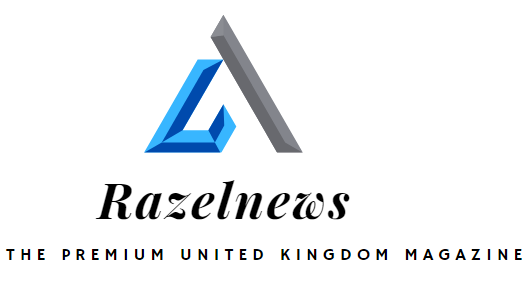The Rise of Video Content: How It’s Changing the Way We Consume Information

In recent years, video content has become increasingly popular, with platforms like YouTube, TikTok, and Instagram leading the way. From educational tutorials to entertainment, it has changed the way we consume information. In this article, we’ll explore the rise of video content and its impact on our daily lives.
The Power of Video Content
Video content has the power to capture our attention in a way that written content cannot. It engages multiple senses, including sight and sound, making it a more immersive experience. This is why video content is often more effective at conveying emotions and telling stories. In fact, studies have shown that people are more likely to remember information presented in video form than in written form.
The Growth of Video Platforms
The rise of video content can be attributed in part to the growth of platforms. YouTube, for example, has over 2 billion monthly active users, making it the second most visited website in the world. TikTok, a newer platform, has quickly gained popularity with over 1 billion active users. These platforms have made it easier than ever for creators to share their content with a global audience.
The Impact on Education
It has also had a significant impact on education. With the rise of online learning, video tutorials have become a popular way to teach new skills. Platforms like Khan Academy and Coursera offer free online courses with video lectures. This has made education more accessible to people around the world, regardless of their location or financial situation.
The Influence on Marketing
It has also changed the way businesses market their products and services. Video ads are more engaging than traditional banner ads and have been shown to increase brand awareness and sales. Social media platforms like Instagram and TikTok have made it easier for businesses to create and share content with their followers.
The Role in Entertainment
Entertainment is another area where video content has had a significant impact. Streaming services like Netflix and Hulu have revolutionized the way we watch TV shows and movies. YouTube has also become a hub for entertainment, with creators producing everything from comedy sketches to music videos.
The Importance of Visual Storytelling
Visual storytelling is an important aspect of video content. It allows creators to convey emotions and tell stories in a way that written content cannot. This is why it is often more effective at creating an emotional connection with the viewer. It allows them to experience the story firsthand, rather than just reading about it.
The Future of Video Content
The future of video content looks bright. As technology continues to evolve, we can expect to see even more immersive experiences. Virtual reality and augmented reality are already being used in some content, and this trend is likely to continue. We can also expect to see more personalized content, tailored to individual viewers based on their interests and preferences.
The Challenges of Video Content
While video content has many benefits, it also presents some challenges. Creating high-quality content can be expensive and time-consuming. It also requires specialized equipment and technical skills. Additionally, with so much content available online, it can be difficult for creators to stand out from the crowd.
The Importance of Accessibility
Accessibility is another important consideration when it comes to content. Not everyone has access to high-speed internet or the latest technology. This means that some people may not be able to access certain types of video content. Creators should strive to make their content as accessible as possible, whether through closed captioning or other means.
Conclusion
Video content has changed the way we consume information, from education to entertainment and beyond. Its power to engage multiple senses makes it a more immersive experience than written content alone. As technology continues to evolve, we can expect to see even more innovative uses of it in the future. However, creators must also be mindful of accessibility and the challenges that come with creating high-quality content.






